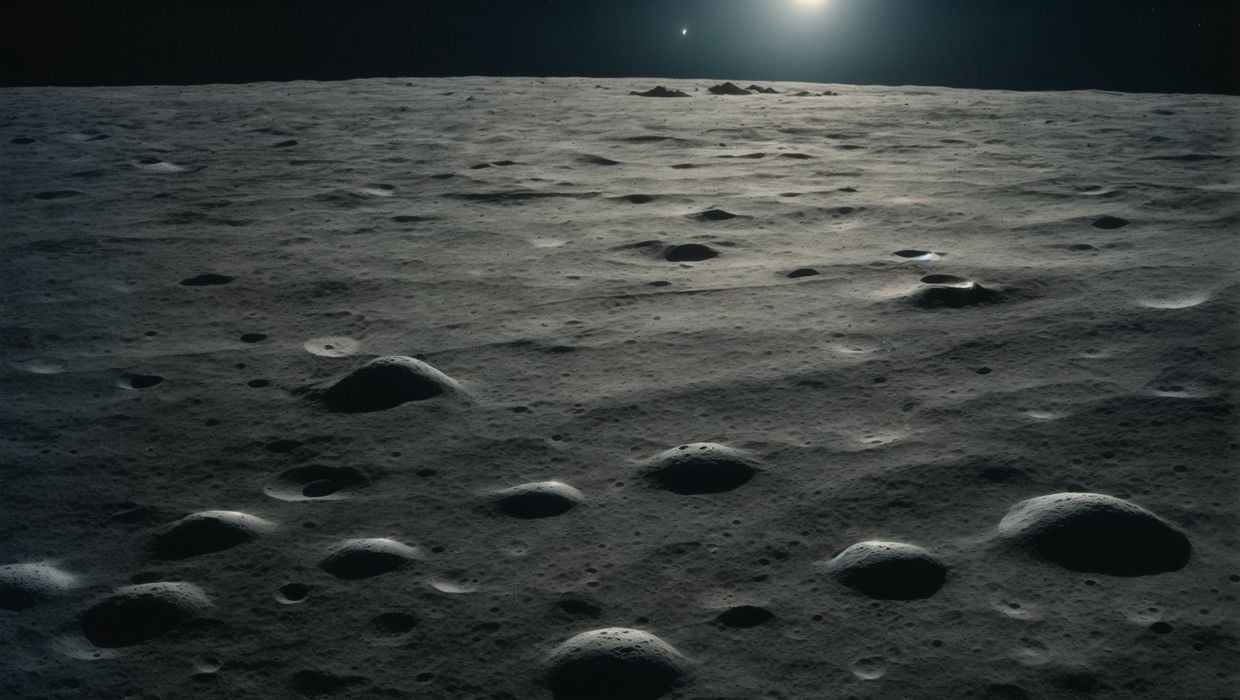
There’s been an interesting chemical development that may affect 3D printing in the far future.
At some point humans will return to the Moon, and even Mars. Plans are currently underway for both destinations, although we’re quite a way off from that happening.
Because of the anticipation of these voyages, many companies are exploring ways to assist and enhance activities taking place on those worlds. 3D printing has been one of the technologies investigated, and there’s a very good reason why.
On these worlds facilities must be constructed for people to live and work within. The standard approach would be to bring all the building components from Earth to, say, the Moon, and construct the buildings.
However, that is extremely expensive. Every kg sent to space will have a cost, and it can be extremely high. The game here is to use the least possible weight to save costs, and that means considering alternative approaches.
3D printing has been proposed as a means to build structures on the Moon using available materials. The surface is covered with “regolith”, which is similar to soil — but without any organics. Basically it’s sand and dust composed of certain materials. It’s thought that somehow this material can be used for 3D printing.
There have been proposals to simply fuse this stuff together using lasers, sunlight or other energy sources. There’s also the concept of bringing some kind of binder that can be used to glue dust together into solid form. However, you have to bring the binder from Earth.
New research has discovered a way to more easily extract usable metals and other materials from regolith, which is rich in minerals like feldspar, pyroxene, ilmenite, olivine and aluminite. These minerals contain notable amounts of aluminum, sodium, magnesium and iron.
The technology developed involves using ionic liquids as solvents. The solvents are said to have very low vapor pressure and high electrochemical stability, making them ideal for use in harsh lunar conditions.
The researchers developed a process that uses ionic liquid solvents to extract metals from regolith. They explored a number of combinations, and showed insights into how other ionic liquids might be formulated to extract useful metals from regolith.
If this technology works on the Moon, it would immediately release a source of materials that could be used in some 3D printing processes. Aluminum and iron are of particular interest. Lunar explorers could then be able to 3D print their own metal parts using local materials. This is quite different from simply fusing regolith together.
This development could open up a new avenue for space-based 3D printing, and it’s possible that entrepreneurs may begin investigating this approach.
Via ACS
